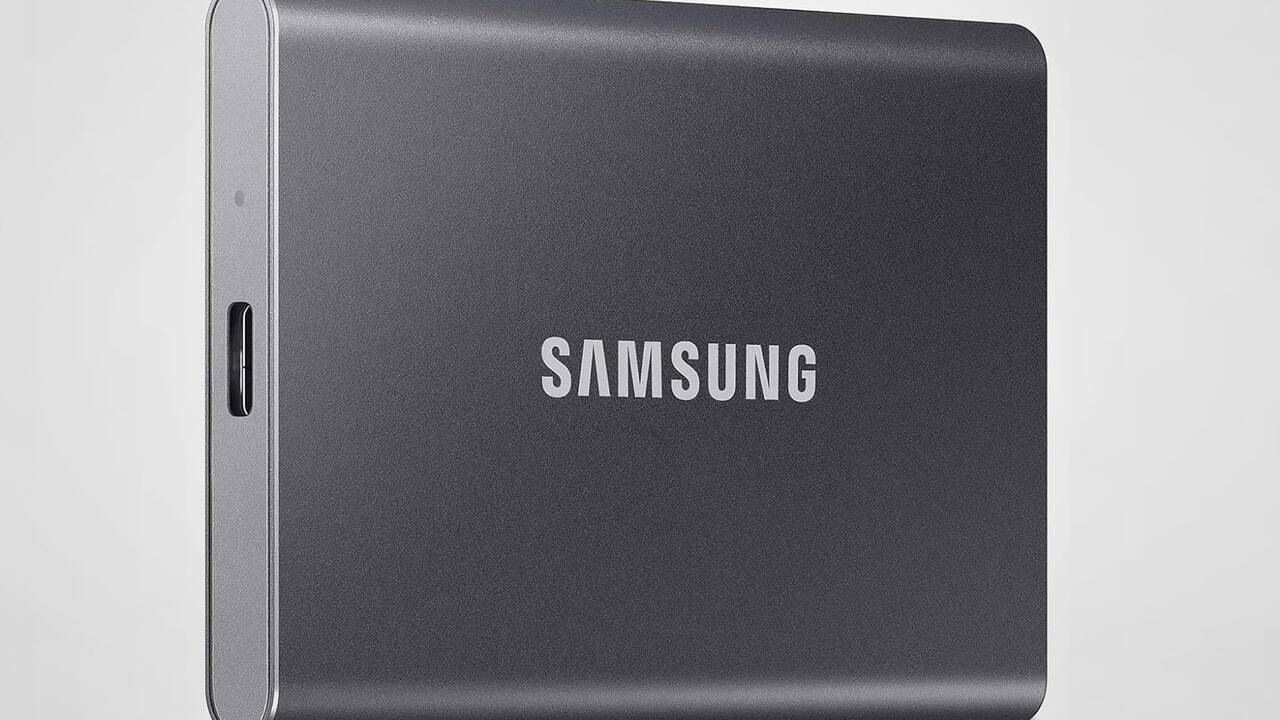“Dating a Western Guy Is Better” — The Lie Asian Women Need to Stop Believing
Medium | 26.11.2025 17:12
“Dating a Western Guy Is Better” — The Lie Asian Women Need to Stop Believing
6 min read
·
1 hour ago
--
“When you’re a 6 in Vietnam but suddenly a 9 in Europe because Western men have yellow fever.”
It sounds like a joke from a TikToker with nearly 800,000 followers, until you see thousands of people agreeing.
The danger isn’t the supposed “upgrade”.
It’s that people treat it as praise.
Beneath that applause is an old stereotype in a new costume, the sexualization of Asian women repackaged through filters, “Asian girlfriend aesthetic” trends, and a digital culture that confuses desirability with self-worth.
So the real question isn’t, “What’s wrong with being preferred?”
It’s, “Is this affection or a stereotype recycled through generations?”
What Is Actually Happening?
On the surface, “Western men desire Asian women more” may sound flattering, but look past the aesthetics and it’s clear this isn’t about taste. It’s the long shadow of imperialism, war, and Western media shaping how Asian women have been perceived for generations.
🔴 Root Cause: An Old Stereotype Reborn Through Digital Culture
↳ Orientalism never disappeared, it simply evolved. Algorithms turn bias into entertainment. Dating apps turn race into a category.
The fetishization of Asian women isn’t a TikTok-era invention; it’s the residue of colonial encounters where Asian women were treated as “services” for Western soldiers during wars in Vietnam, Korea, and the Philippines. From those histories emerged a mindset that Asian women are obedient, compliant, and available to be exploited.
Digital culture didn’t erase these ideas; it filtered them, softened them, then served them back as memes, and viral TikTok trends.
↳ Algorithms turn bias into entertainment.
Content that triggers desire or controversy spreads fastest. That’s why clips like “Your 6 becomes a 9 in Europe” keep going viral, not because they’re true, but because the algorithm rewards them.
↳ Dating apps turn race into a category.
Data from Are You Interested and OkCupid repeatedly show Asian women receive the highest interest from men of most races. It looks like empowerment, but it’s really racialized attraction amplified by digital culture, not real compatibility.
🔷 How It Shapes Perception & Behavior
↳ The feeling of being “upgraded” abroad.
Many Asian women mistake heightened attention as proof that they’ve suddenly become “more valuable”, without realizing that the attention often stems from fetish, not genuine admiration.
↳ Confusing love with fetish.
When digital culture romanticizes Western men as “better,” it becomes easier to ignore red flags. But attraction based on stereotypes isn’t love; it’s projection.
↳ Pressure to perform the “ideal Asian girl”.
Some begin shrinking themselves into a curated persona: “cute, small, soft, obedient” because the internet rewards that version of Asian femininity, not their real personality.
🟣 Psychological Impact
↳ When prejudice is packaged as attraction, it wounds quietly and lingers longer.
Yellow fever hides racism under the language of romance, reducing women to templates like “sweet” or “docile.” That isn’t admiration; it’s a subtle form of dehumanization.
Why Does It Matters?
When society treats yellow fever as a “personal preference”, we’re not simply misreading attraction, we’re legitimizing racial discrimination dressed up as romance. The impact goes beyond individuals. It reshapes an entire cultural ecosystem where desire is guided by stereotype, and Asian women are viewed less as people and more as consumable categories.
Frankie’s story, being asked “how much” on a public street at age 16, shows that this harm isn’t confined to the digital world. It follows women into real life, a toxic reminder that their worth is filtered through race before they are seen as human.
The consequences of yellow fever include:
- Psychological harm: confusion, anxiety, and persistent self-doubt.
- Distorted relationships: being desired for racial traits, not for who they are.
- Erosion of identity: Asian women being “allowed” to exist only within a narrow mold.
“For the longest time, my identity had formed around the fact that I was different, and I thought that being Asian was the only special thing about me.” -Canwen Xu
When these dynamics are accepted as “normal”, we build an ecosystem where:
- Asian women’s self-worth is warped,
- others’ behaviors are shaped by stereotypes,
- old colonial biases are recycled in the language of memes and trends.
This isn’t just an issue for Asian women.
It’s a cultural malfunction, a symptom of a digital world that defines desire through templates instead of humanity.
What We Need to Change?
1️⃣ For Asian Women
When the internet repeats the message “You’ll be loved more in the West”, it creates a sweet but corrosive lie: it turns racialized attention into a form of “empowerment”. But empowerment built on fetish is not empowerment, it’s a gilded cage.
To step out of that trap, Asian women need a process of unlearning: peeling away the layers of stereotypes that digital culture has quietly attached to their identities. And the first step is recognizing fetish for what it is; not mistaking it for genuine care or admiration.
=> 6 Ways to Know Your Date Has An Asian Fetish (And How to Respond!)
Alongside this awareness, self-love becomes the strongest armor. When a woman truly understands her worth, she realizes she is:
- not a “type”,
- not a reward for someone who likes the “Asian vibe”,
- and not required to shrink herself to fit any stereotype.
“They don’t care who you really are; the idea of you is enough.” -Anna Akana
Self-love naturally filters out toxic relationships. It gives women the clarity to walk away when needed, and the strength to accept only the kind of love that respects their full humanity, not a minimized version crafted to fit someone else’s fantasy.
2️⃣ For Non-Asian Readers
Ending Asian fetish isn’t about teaching Asian women to protect themselves, it begins with non-Asian people confronting the biases within their own desire.
If you say, “I like Asian girls”, then what exactly do you like?
- Do you like the person, or the “cute-small-sweet” image society has projected onto Asian women?
- And if what attracts you is softness, obedience, or childlike traits; is that truly a preference, or simply a stereotype that’s been romanticized?
And the most important question:
If she didn’t fit the version of “Asian women” you have in your mind, would you still stay?
Reflection isn’t about looking “woke”.
It’s about making sure you are loving a human being; not a category.
3️⃣ Rewiring the Algorithm
Algorithms don’t create yellow fever on their own; they learn it from us.
To interrupt that cycle:
- Stop engaging with fetishizing content (even if viewed “for fun”).
- Report content that sexualizes a racial group, most platforms classify it as a violation.
To nourish a healthier digital environment:
- Engage with creators who portray Asian women as they truly are: strong, complex, creative, multidimensional.
- Share content about respectful, stereotype-free relationships.
When desire is built on stereotypes, no one is truly seen, and no one is truly loved.
Ending it starts with refusing the script, and finally seeing each other as whole.









